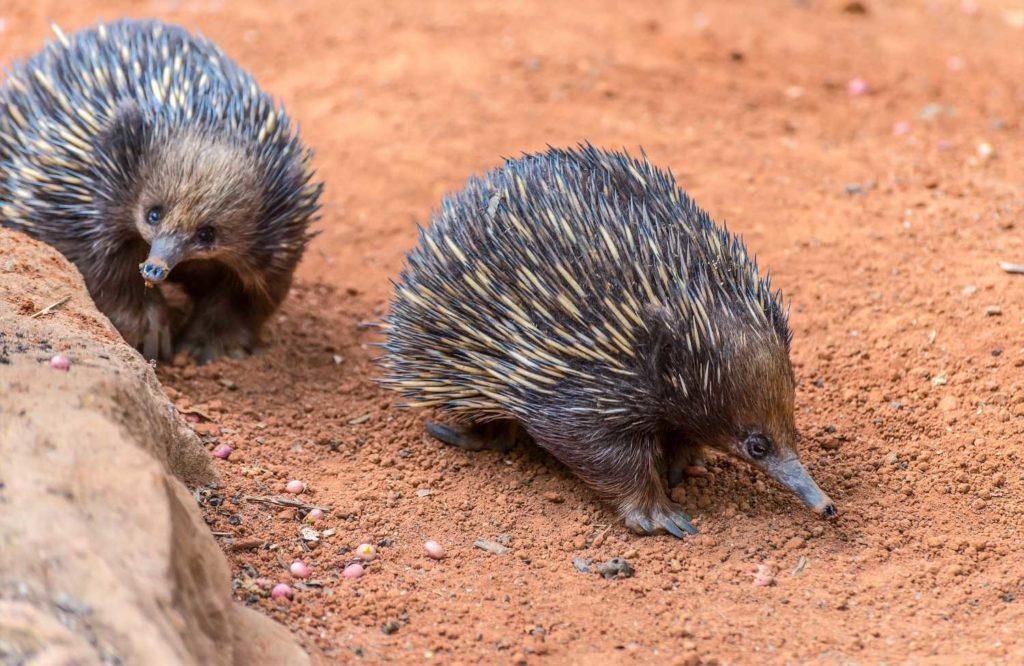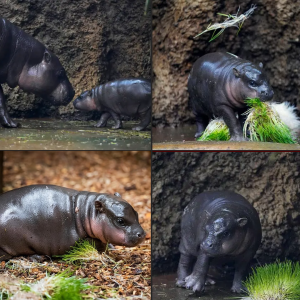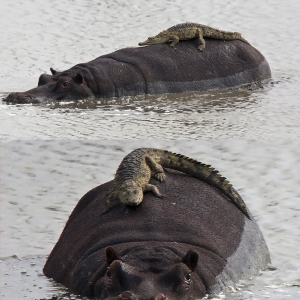
Native to New Guinea and Australia, these animals are the size of a house cat but a whole lot stranger: tiny toothless mouths, quill-like hairs…and multiheaded genitalia.
Explaining echidnas can strain the vocabulary. They’re monotremes, or egg-laying mammals; they and the platypus are the only such creatures left on Earth. They come with long or short beaks—if by beak we mean a smooth tube of snout ending in a tiny, toothless mouth. And they’re called spiny anteaters, but those aren’t spines; they’re rigid, modified hairs.
A baby echidna is a puggle. A group of echidnas is a parade—unless they’re mature males waddling after a female in mating season, in which case it’s a train (often with a younger male at the end, like a callow caboose). These love trains may grow to 10 or more males and may trail a female for days, until she signals the last stop by stretching out on the ground. Then males dig a rut in the earth around her and, sumo-wrestler style, try to shove each other out of the ring. The victor gets to mate with her first—and his male member looks purpose-built for that task.

In mating season, a train of 10 or more males may follow a single female for days, waiting for her to stop and stretch out; that’s the signal that she’s ready to mate with whichever male can shove all the others away.
Habitat/range
Echidnas are found in New Guinea and all Australian states, from arid deserts to cold mountains. They don’t settle in one nest but take shelter in brush piles, hollow logs, or dens they or other animals have dug. (Trek the Kokoda Trail in Papua New Guinea.)

Other facts
Adult echidnas can range from 14 to 30 inches long and weigh anywhere from five to 22 pounds. They’re likely named after a mash-up from Greek myth: the monster Ekhidna, half reptile and half mammal. (The echidna is possibly the only terrestrial animal to use electroreceptors to locate prey.)





